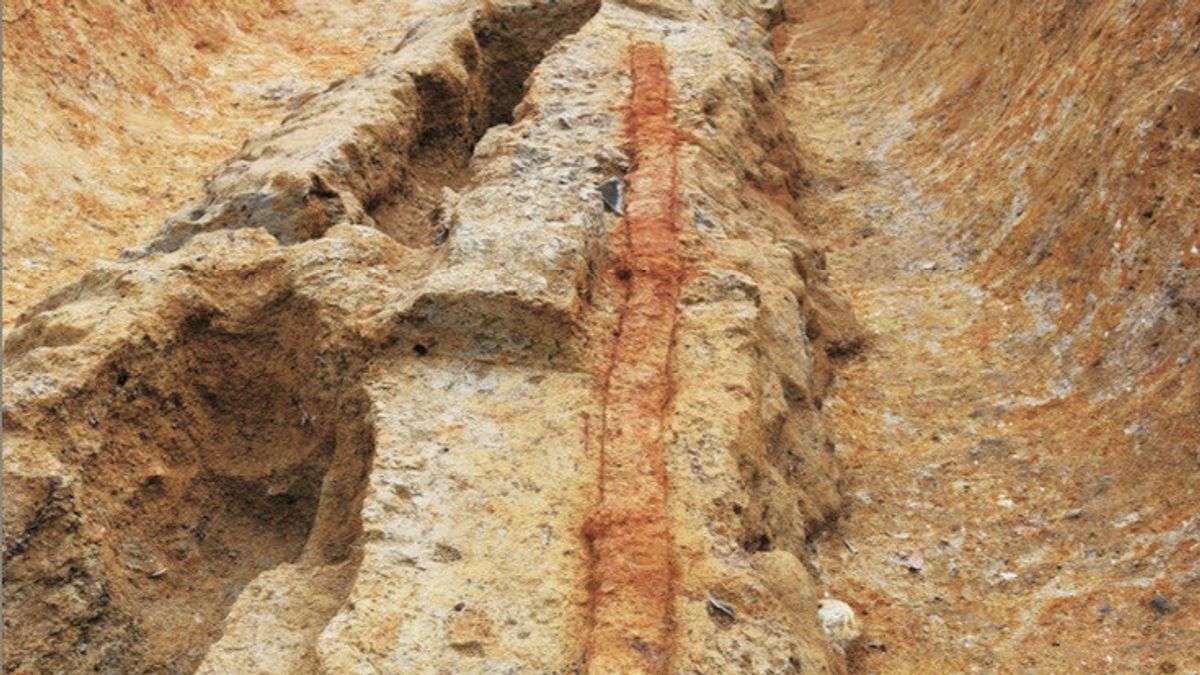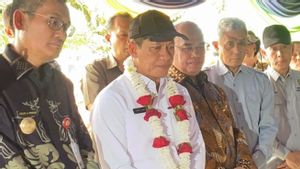JAKARTA - Japan's largest bronze mirror and "dako" iron sword were found in a fourth-century tomb mound in the western city of Nara, Japan, the education council and archaeological institution said on Wednesday.
The twin findings of the tomio maruyama cumulus or tomb mound last November can be classified as national treasures, experts say, with the discovery of a shield-shaped mirror being the first of its kind.
Meanwhile, a 2.3 meter long sword with a transversal blades was found to be the largest iron sword ever made at that time in East Asia.
"(These findings) show that Kofun's (300-710 AD) period technology is beyond what has been imagined, and they are masterpieces in metal work from that period," said Kosaku Okabaashi, deputy director of the Archaeological Institute of Kashihara, Nara Prefecture, as reported by Kyodo News January 25.
He called their discovery a breakthrough in research into the time, named after the "cofun" tomb mounds that were built for ruling class members.
The patterned surface of the mirror carries designs from two more common "dray" mirrors, in contrast to the designs based on the imaginative creatures, which are commonly found in western Japan.
This shield-shaped mirror is 64 cm long, maximum width 31 cm and weight 5.7 kilograms.
Meanwhile, the sword found was the oldest dako sword distinguished from its wavy shape like a snake. More than 80 other dako swords have been excavated throughout Japan so far as funeral items.
The latest sword has a sarong and handle, so that the whole length of the sword can reach 2.6 meters, far beyond the last displayed dako sword found which is only 85 cm.
It is known, mirrors and shields are considered a tool to protect the dead from evil spirits. The sword is thought to have been enlarged to increase its strength, and its possible use as a means of low combat.
The funeral culvert of tomio maruyama, the largest in Japan with a diameter of 109 m and dates back to the end of the 4th century, is thought to belong to a strong man who supported the then rulers of Yamato.
The burial room, where the discovery was made, is thought to belong to someone close to the person, according to Naohiro Toyoshima, an archaeological professor at Nara University.
He said the ritualistic sword and the shield-shaped mirror could indicate that the individual was involved in military and ritualistic affairs.
Riku Murase, 32, who was in the excavation team who found the objects, said the sword's length was astonishing, so his team initially thought it was some swords. He also thought they had found a unique bronze plate.
"It was my dream to dig a mirror. Who knows it will be something extraordinary," he said.
The excavation area is open to the public on Saturday from 12.30 p.m. to 3 p.m. and Sunday from 10 a.m. to 3 p.m. The mirror and sword will not be exhibited because they are undergoing conservation work.
The English, Chinese, Japanese, Arabic, and French versions are automatically generated by the AI. So there may still be inaccuracies in translating, please always see Indonesian as our main language. (system supported by DigitalSiber.id)













